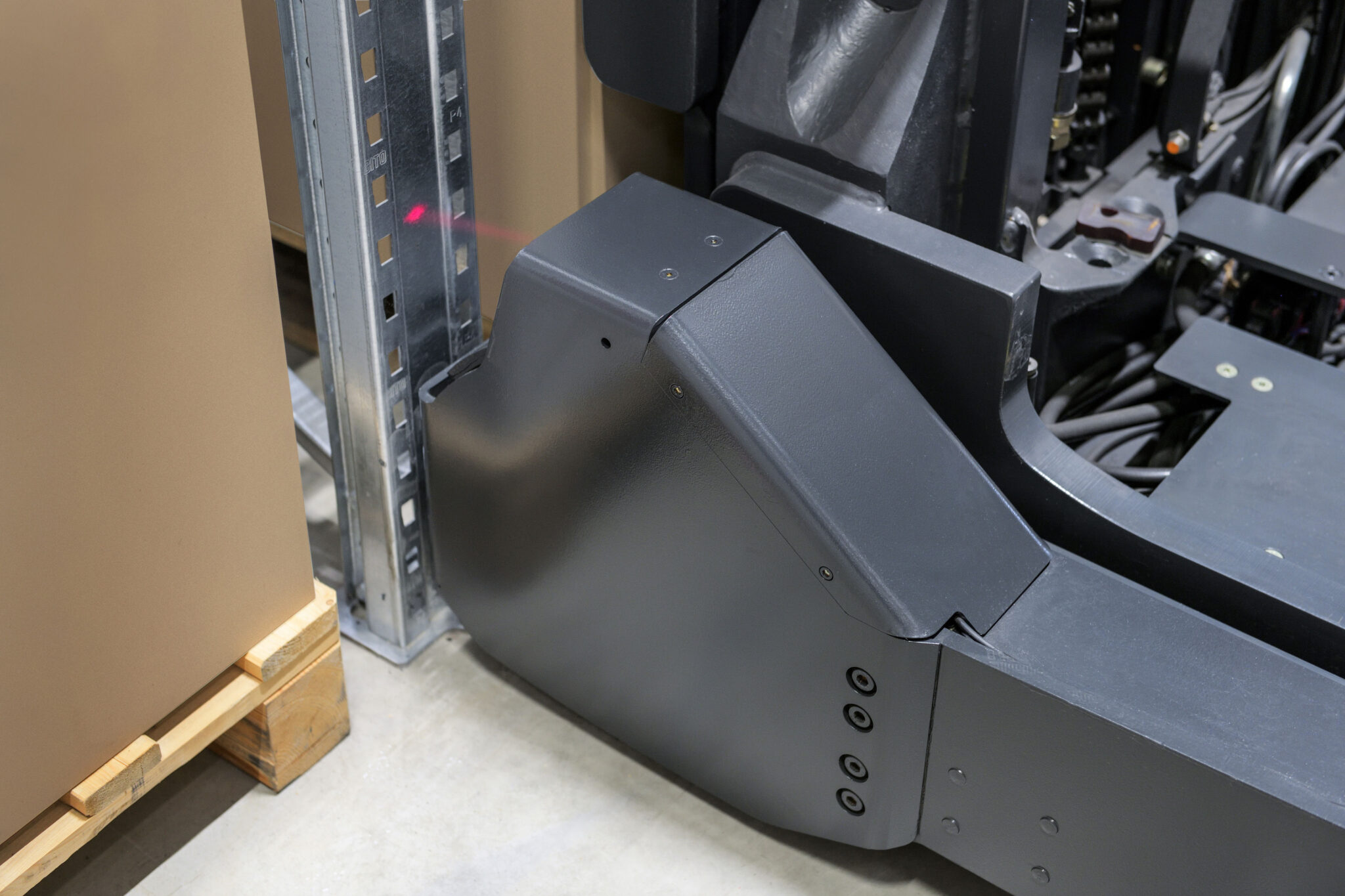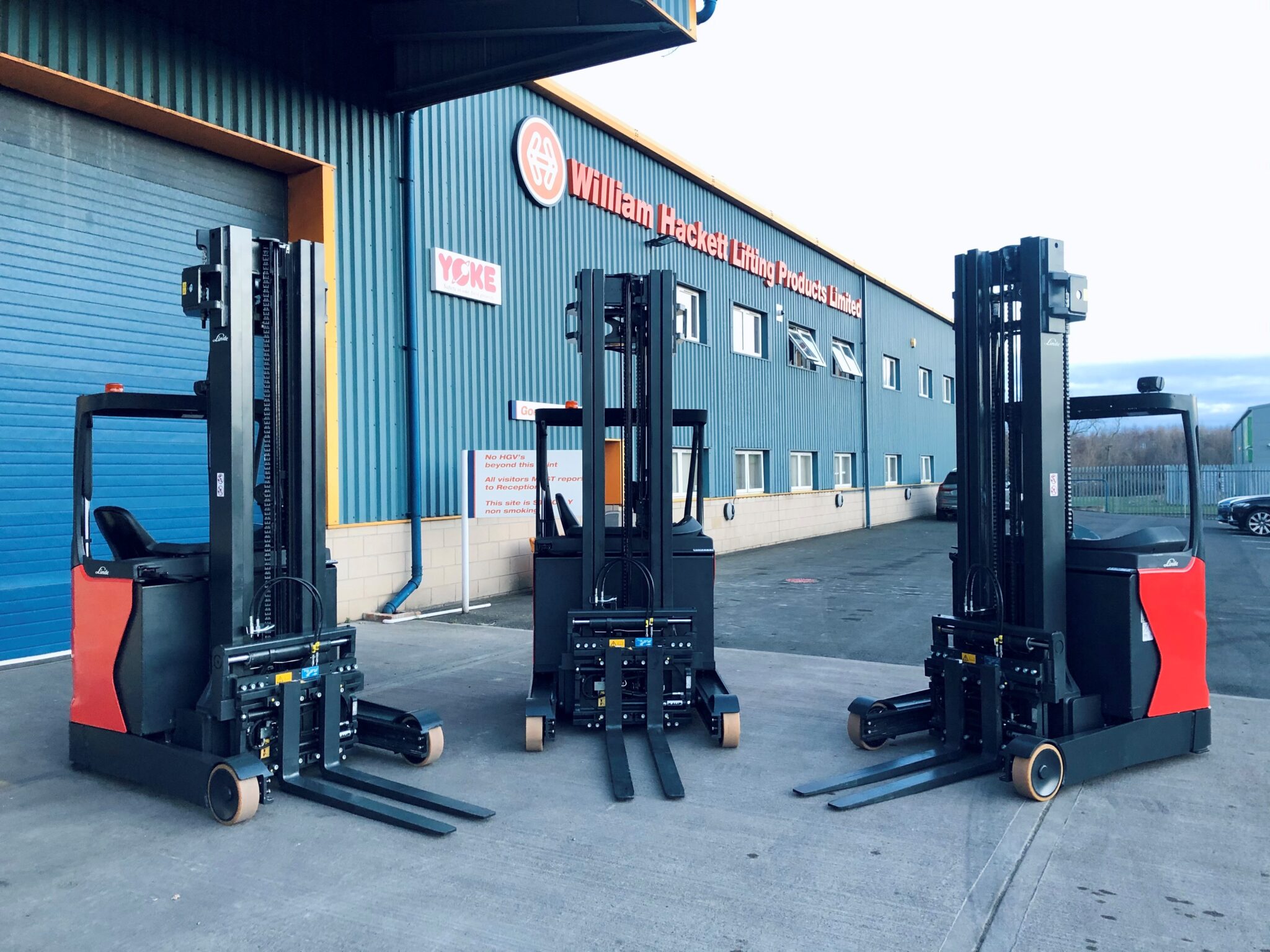One of the most cost-effective and efficient ways to handle materials in the workplace is to invest in equipment, such as forklift attachments, to complement your warehouse workforce. But whether you’re looking to add to your collection, or upgrade one that’s seen better days, it’s vital that you ensure the suitability of any new attachment for its intended purpose, and that it’s a perfect fit for your current company needs.
David Manuel, Senior Sales Executive at Contact Attachments – one of the main forklift attachment manufacturers in the UK – knows the importance of investing in the right equipment, especially in the current economic climate. To help you make the right choice and keep operations running smoothly and safely, he shares his expert insights into what you should ask of your attachment supplier:
Is the attachment fit-for-purpose?
“First and foremost, it’s essential that the attachment you’re seeking is suitable – for your business, for your team, and for its intended use. There’s little point investing in new equipment if it’s not the most effective solution in addressing the particular challenge or task you’re facing. Plus, an attachment can completely alter the way a forklift truck operates and behaves, and so you must ensure that it’s best suited to the task at hand. Using improper attachments – or in a way that it’s not specifically designed – can prove inefficient, damage goods, and become a significant safety hazard.”
How will this support business processes?
“In order for the attachment to make commercial sense, it should reduce the reliability of in-house resources and labour – enabling you to better utilise them elsewhere – and increase overall efficiency and productivity. Adopting new processes into your business can also uphold stringent health and safety measures, helping you to keep your entire team safe.

Is any additional training required?
“While adding innovative solutions to your company is exciting, it’s only useful if your team feels confident in using it and adopting it into their everyday processes. For this reason, it’s important to partner with an attachment supplier who offers comprehensive (and ongoing) training, advice and guidance to ensure you can maximise its full potential.
Will ‘off-the-shelf’ really be suitable?
“Often, an ‘off-the-shelf’ component doesn’t quite cut it. Let’s face it, every business faces individual challenges, and so it’s only right that these should need a bespoke solution. Many attachment manufacturers can tailor a personalised item, allowing you to invest in a product that will totally enhance your business operations and holistically support your workforce.
Are your attachments fully certified and compliant?
“Most importantly, you must confirm that your attachment has undergone rigorous testing to ensure safety and capacity. If you’re unsure, ask your supplier for advice on whether it’s compatible with your truck. And do check that it’s been manufactured in line with strict ISO9001 procedures (alongside any other relevant industry-related regulations) and is backed up by a full Health & Safety Certification.
“Also, clarify that they offer valid guarantees or warranty, and they’re available to support you with mandatory practices, such as Thorough Examinations – many forklift attachment providers are now even able to conduct these on-site, reducing the amount of downtime required.
What experience and expertise do you have?
“Finally, I’d also recommend clarifying their expertise – while there’s a whole host of great forklift attachment manufacturers out there, it is important to find one that totally aligns with your business needs. Ask about their history and heritage, establish if your dedicated contact can coordinate training and share expert advice and guidance, and understand if (and how) they’ve previously supported companies like yours to do business better.”
similar news
Forklift Attachments “Help Provide Safer Handling and Save Time”




